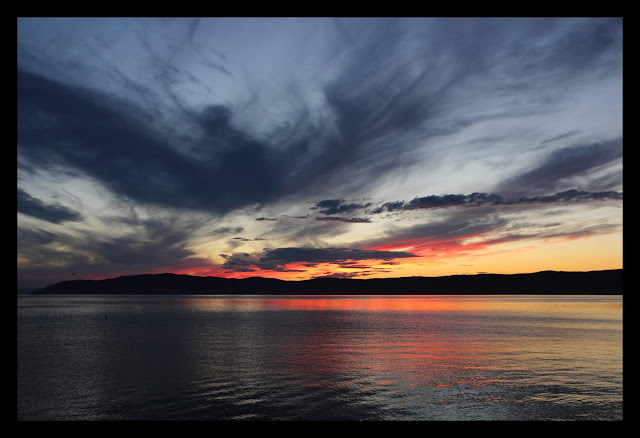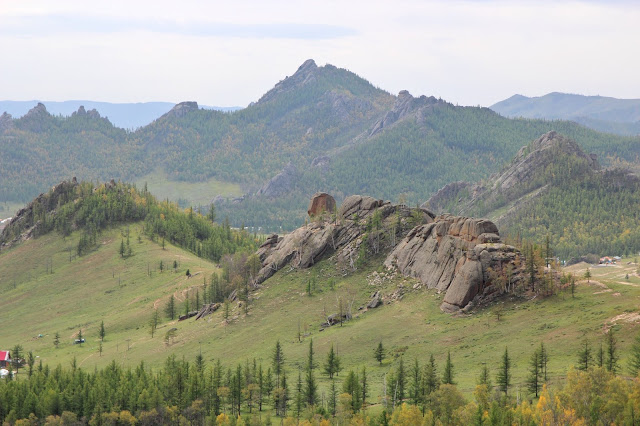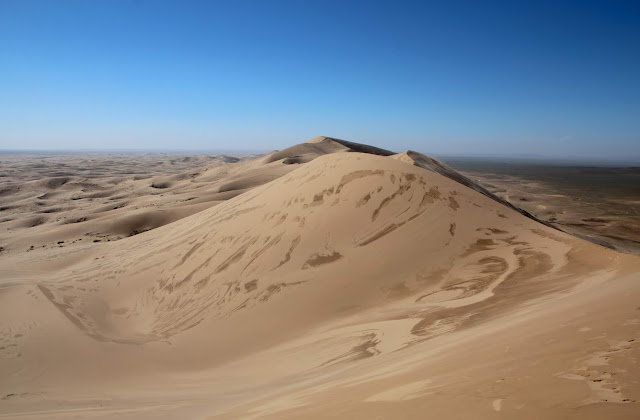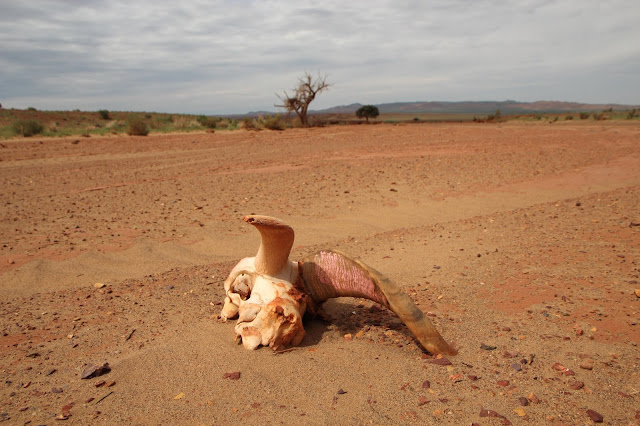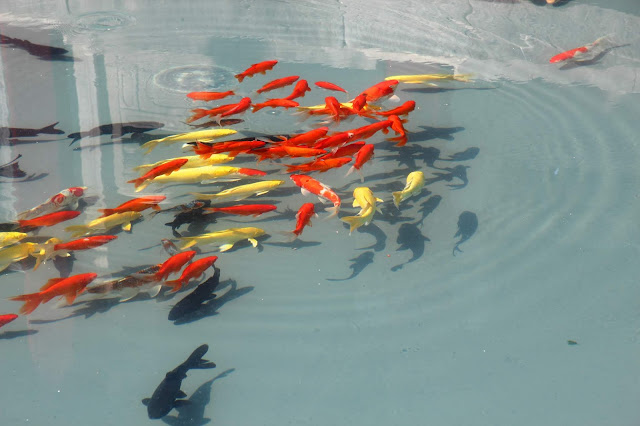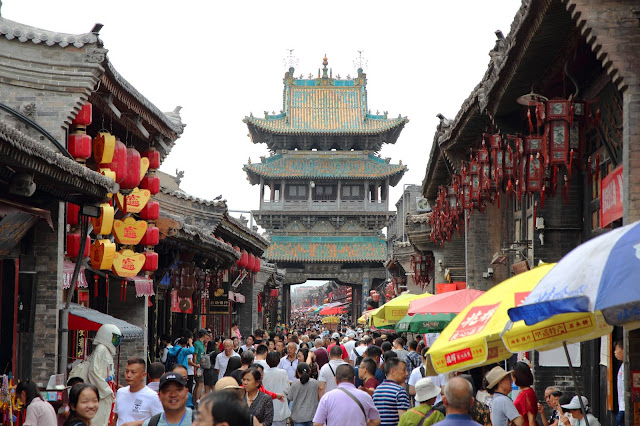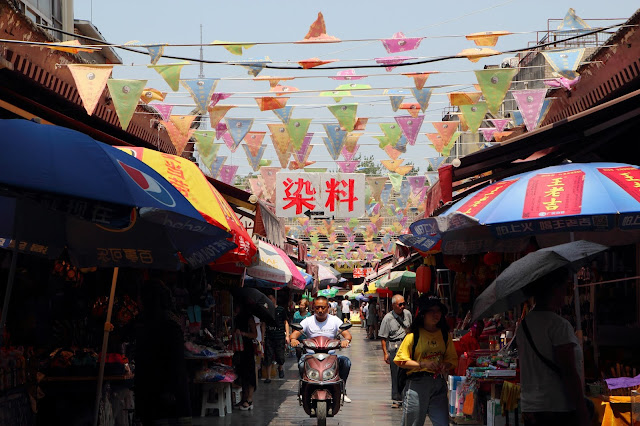Yekaterinburg

Church on Blood in Honour of All Saints Resplendent in the Russian Land. Yes that's the official name. It was built were the last emperor of Russia, Nicholas II was executed. Yekaterinburg, the fourth largest city of Russia. I spent a day visiting the city and it's many churches. It's a lovely place, but I didn't spend too much time there. It was more to take a break in the long train ride from Asia to Europe. Pigeon It took 35 hours to go from Krasnoyarsk to Yekaterinburg with the train. It is the longest time I have ever been in a train. While most of the Russians doesn't like their train, I found them very comfortable. You can drink tea in the traditional glass while admiring the view and trying to chat with your Russian neighbor.

